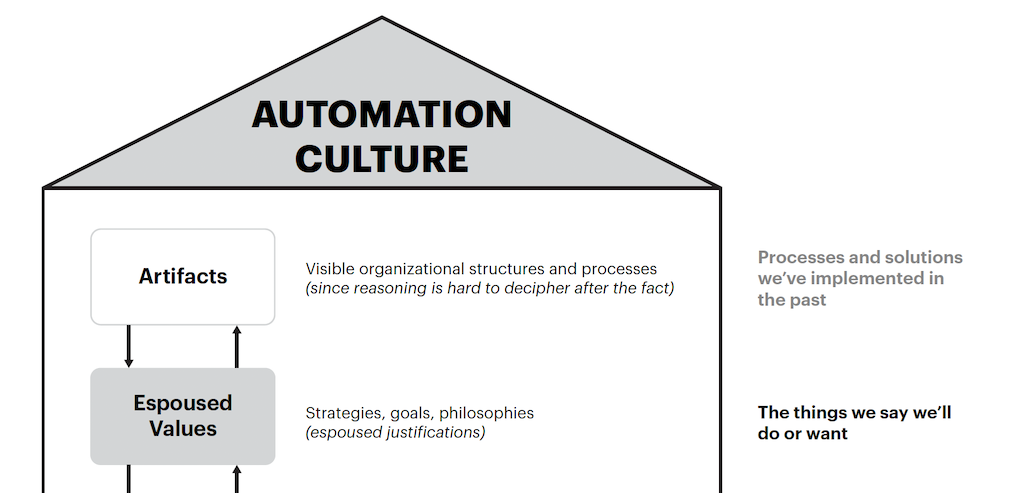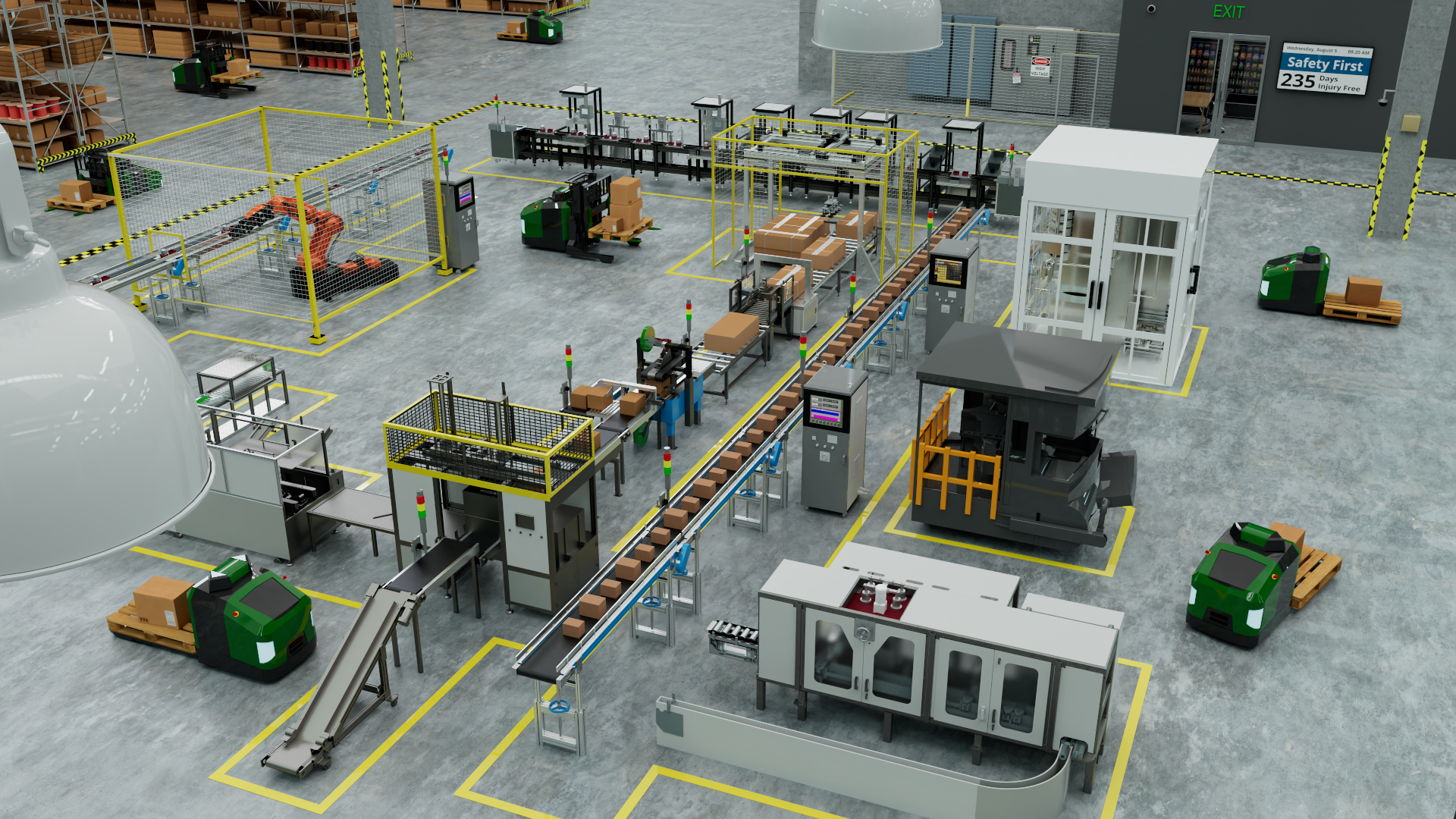Cognitive engineering combines contextual awareness and situational intelligence.
The human versus machine debate has been going on for entire careers, especially for those who have spent a lifetime building machines, programming them, feeding them with data, and then directing them to provide the needed results.
Machines can be stronger and faster than humans, without tiring or experiencing emotional difficulties and other distractions. Human differentiation derives from a keen sense of perception, the ability to look at things from numerous angles and make objective, informed decisions.
The human mind perceives and reacts to situations by combining knowledge (acquired through past experiences and learning) with a contextual understanding and situational awareness of things.
The growth of technologies that help machines sense, analyze, and learn better, as well as contextualize, has given rise to the field of cognitive engineering. At its core, cognition is about humanizing machines.
Combined cognition
Three areas of focus can move cognitive systems from where they are to a more advanced and useful future.
1. Interactions must shift from pushing a button or opening an app to gesturing, using sign language, expressions, or the voicing of emotions. At a fundamental level this requires advanced voice and image processing tools. Reinforcement learning algorithms under development will equip cognitive systems, over time, to identify and respond to various gestures and emotions. The challenge is to accurately engineer models, not just cognitive systems, but the entire world around them.
Imagine a home automation system that analyzes human expressions to select a desired music track or adjusts a thermostat by assessing human body movements.
Collaborative robotics (“cobotics”) in production plants can perform tasks just like another shop-floor co-worker, with greater precision and perhaps more quickly. Robots equipped with advanced machine vision nearly can eliminate errors and quality control issues on the production line.
2. Decision-making needs to be quick, bias-free, based on evidence, and backed by strong reasoning algorithms. In an industrial manufacturing plant, sensors collect huge amounts of data at every stage of the production line. Most data effectively used.
The focus must shift from building analytical capabilities on the cloud to edge-empowering businesses with access to real-time insights. Fault-model libraries under development can speed-up learning and fast-track reinforcement in cognitive systems. These libraries analyze and study patterns of various plant processes and machinery over an extended period of time. The consolidated learning is then fed to cognitive systems to give them a massive head-start.
Cognitive systems trained this way autonomously can optimize processes to lower costs or speed up production. Artificial intelligence (AI) may be used for monitoring sustainable governing practices in manufacturing plants.
3. Standards must be open. With so many companies developing AI and machine learning tools, the creation of industry standards will be a huge boost to the cognition world. Standards will go beyond just bringing in more developers to the ecosystem and enable businesses to invest in a standardized set of tools to build machine intelligence.
This technology revolution is being critically molded by the technical decisions we are making now. Evolving human and machine interactions, training cognitive systems, and developing industry standards can evolve cognitive systems further.
Bhupendra Bhate is chief digital officer, L&T Technology Services Ltd., a CFE Media content partner.



